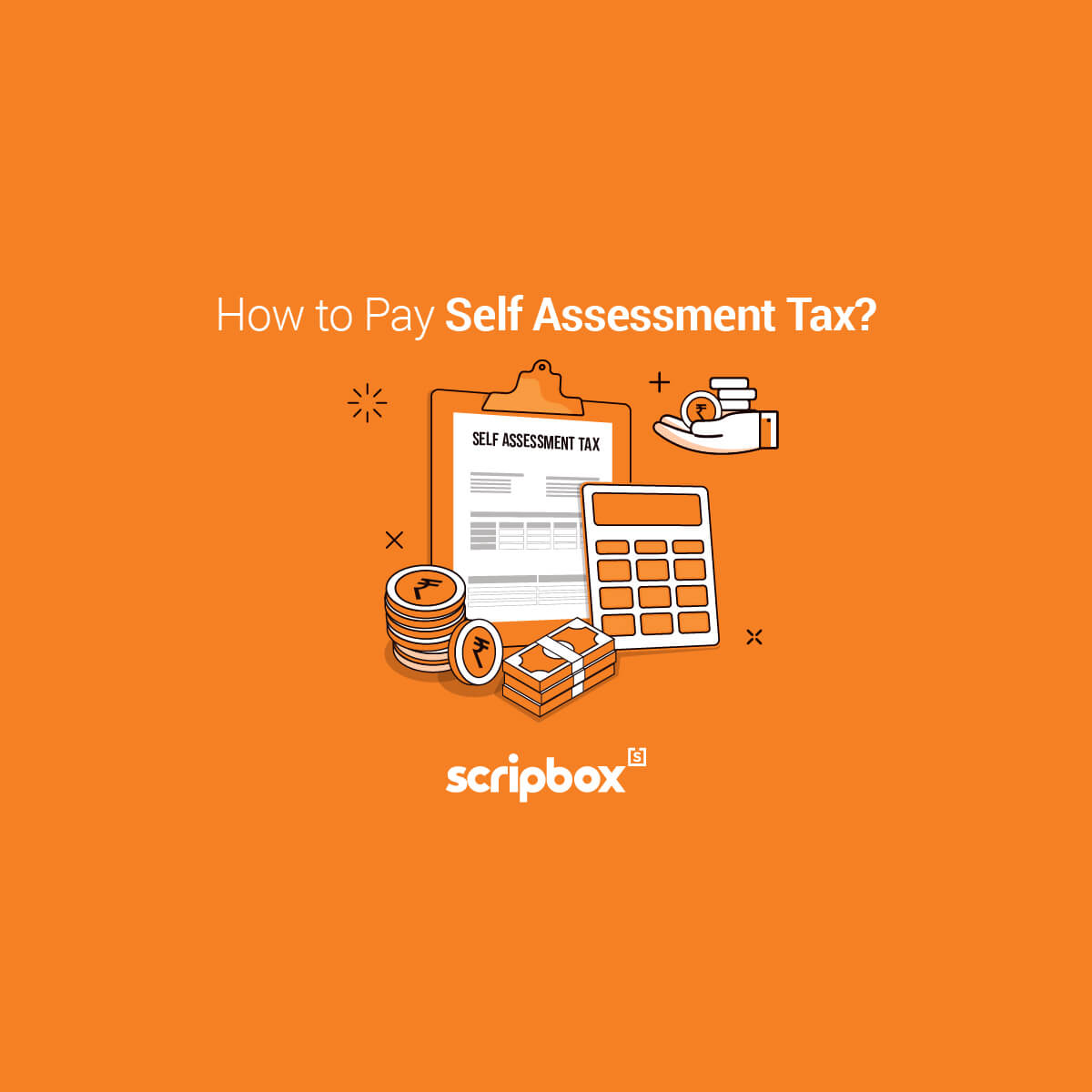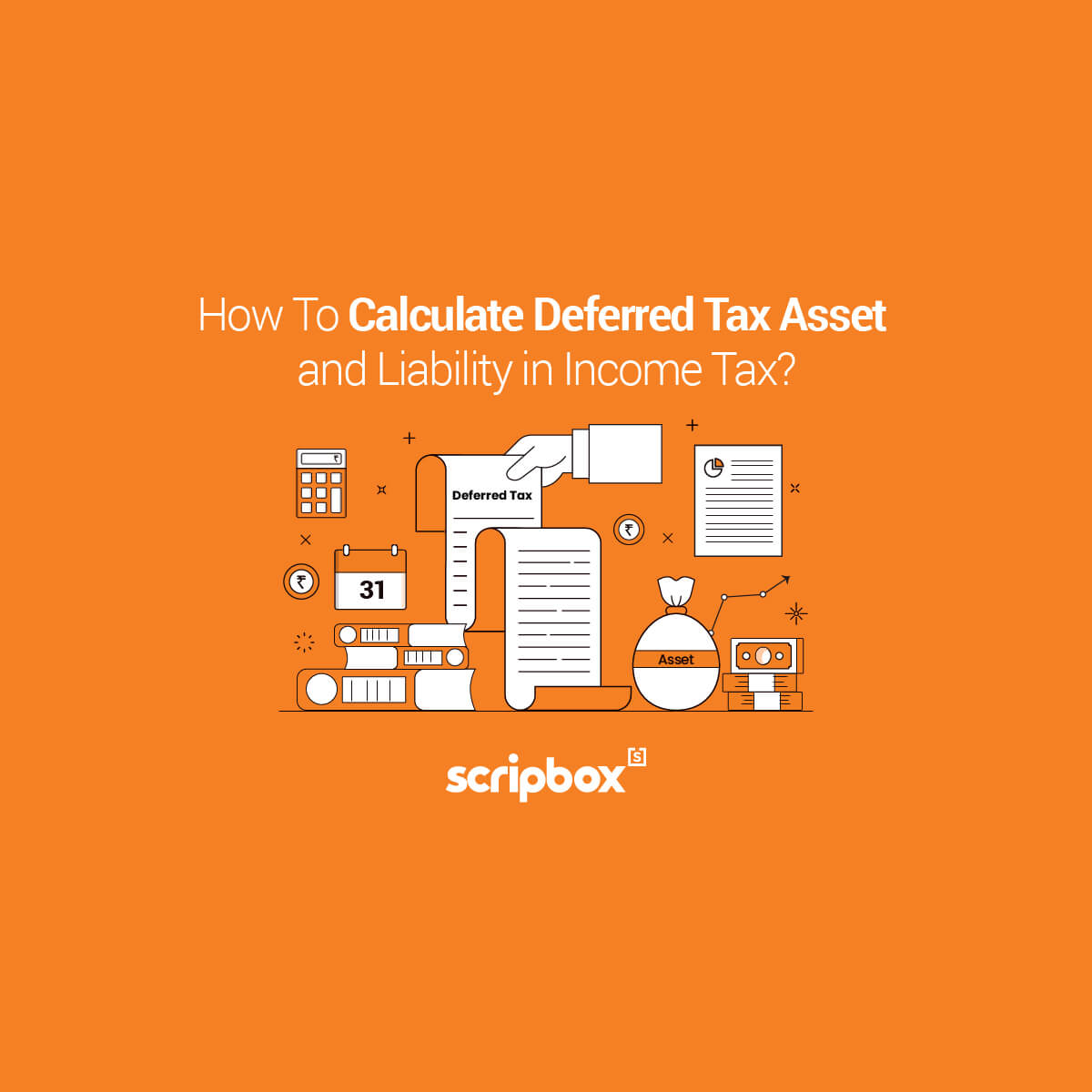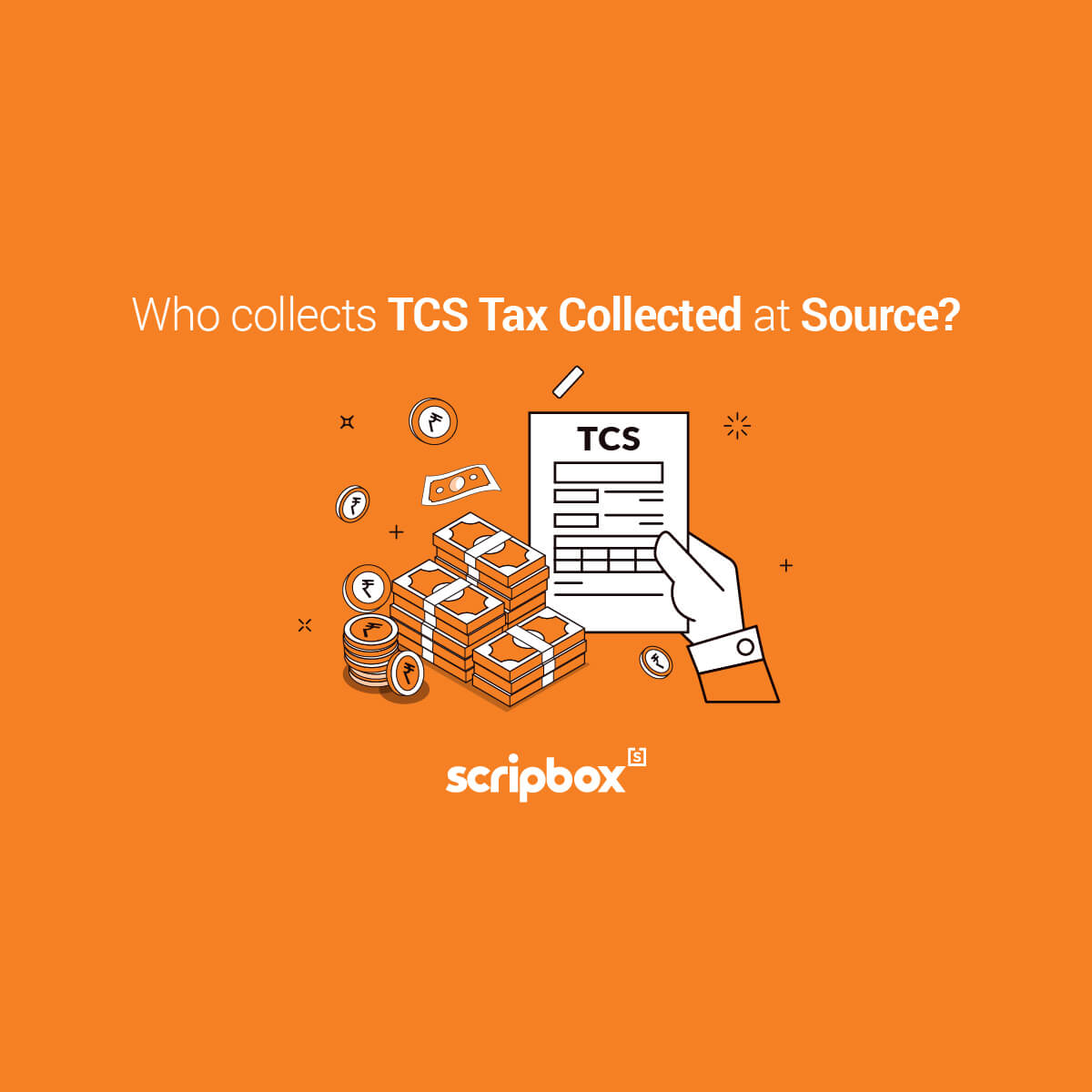What is Direct Tax?
In India, taxes are levied by the Government through Direct & Indirect Taxes. Both are extremely important in the growth of the Indian economy. Direct taxes, in simple terms, is the tax that is levied directly on the person or an organization and is paid by them directly to the government.
In the case of direct taxes, the person paying the tax cannot transfer the incidence of tax to someone else.
Central Board of Direct Tax in India
The Central Board of Direct Taxes is a statutory authority functioning under the Central Board of Revenue Act, 1963. It is the apex body responsible for the collection and administration of direct taxes in India. The Central Board of Direct Tax consists of a Chairman and the following six Members: –
- Chairman
- Income Tax & Revenue
- Legislation
- Administration
- Investigation
- TPS & system
- Audit & Judicial
The income tax act provides a wide scope of powers to its officers in order to take necessary actions in case of non-compliance with the provisions of the act.
Advantages of Direct Tax in India
Direct tax collection provides a boost to the economy of India. Below are a few advantages of direct tax:
- In the case of direct taxes, persons are taxed as per various rates in the income tax act. Depending on the income of the taxpayer, every person is charged separately. This enables a sense of not being overcharged even if the income of a person is low.
- It allows the taxpayer to evaluate and finalize the taxes before it’s even paid. This is dependent on the total income of the taxpayer. As long as the income of the taxpayer is unchanged, it’s very unlikely their outflow will increase.
- As per the relevant rules and regulations in force, tax outflow can be higher or lower as per the rates decided by the government.
- Depending on the age and total income of the taxpayer, various slab rates are defined by the government. This ensures that income inequalities are balanced out.
Types of Direct Taxes in India:
The various types of direct taxes levied on citizens by the Government Of India are as below:
Corporate Tax
As per the provisions of the income tax act, both domestic and foreign entities are liable to pay taxes to the government. In the case of companies carrying out activities for profit, the net profits are liable to tax at the rates prescribed in the act. Companies earning income in the form of dividends, interest, etc are also taxable.
At present, the companies having a gross turnover of up to Rs. 250 crore are liable to pay corporate tax at 25% of the net profits of the companies. Furthermore, the companies with a gross turnover of more than Rs. 250 crore are liable to pay tax at the rate of 30%.
Minimum Alternative Tax
MAT or Minimum Alternative Tax is levied under the provisions of section 115JB of the income tax act. The overall objective of MAT is to facilitate the taxation of zero tax companies by taxing their book’s profits. Accordingly, tax payable by a company will be higher than the below:
- Tax computed as per the normal provisions of the act.
- Tax computed @18.5% on book profits.
It is to be noted that surcharge and health & education cess will be added to the above tax as calculated.
Dividend Distribution Tax
Dividend Distribution Tax or DDT is the tax paid by the companies which are paying dividends to their shareholders. The provisions relating to DDT are covered by section 115O. Any company which is declaring a dividend is required to pay dividend tax at the rate of 15% on the gross dividend. In effect, the final rate arrived at after grossing up is 17.65% on the amount of dividend declared. There are various other important points which need to be kept in mind as described below:
- DDT is to be paid within 14 days of the declaration, distribution of payment of dividend whichever is earlier.
- Non-compliance with the payment of dividends will lead to interest at the rate of 1% of the DDT. This will be considered from the date when it was payable until the actual date of payment.
- Section 115BBD provides for a concessional rate of tax of 15% on dividend received by an Indian Company from its foreign subsidiary
Income Tax
Income tax, also known as a direct tax, is the tax imposed on the annual income of businesses and individuals by the government. The tax is calculated as per the provisions of the income tax act and is paid directly to the government. The applicable income tax rates depend on the total income of the assessee.
There are cases, such as salary, wherein the tax is deducted at the source before making the payment. This helps the government in generating revenue throughout the year and the assessee can claim the tax paid at the time of filing of the income tax return.
The Direct Tax Code in India
In order to replace the income tax act 1961, the government is working on bringing a new direct tax code in the country. This will be an improvement over the current tax laws and will be more progressive by providing various relief to the taxpayers.
The new tax code will help in simplification and rationalization of the tax slabs applicable to the assessee and the elimination of various provisions that are not being beneficial to the assessee. Furthermore, there will be special provisions for startups that will allow the startup economy to grow and prosper.
The entire tax litigation process will be reviewed and changed in order to the best international practices to ease the entire tax litigation process. The government has been working on updating the tax code which will be easier both for the companies and the individual taxpayers.
Below are some of the key features of the direct tax code:
Single code of tax: The DTC will bring all the direct taxes under one code which will allow a single unified system to be set in place. This will help in easing the compliance process of the taxpayer.
Flexibility in making changes: As per the current process, tax rates take effect in place through the finance act of the respective years. However, under the direct tax code, the tax rates are being made under the first and the fourth schedule. Any changes to such schedules can be made by passing an amendment bill.
Fringe benefits Tax: In the direct tax code, the fringe benefits tax will be levied on employees instead of employers.
Litigation management: Special provisions have been made in order to make the litigation process easier and the same is not misused to avoid any contradiction.
Tax Rates for Different Types of Direct Tax
Income-Tax Slab for Individuals
Budget 2020, provides an opportunity to choose between a new-tax regime or continue with the old-tax regime. The tax rates are different on the basis of the regime chosen by the individual. Let us discuss the same.
Income tax slabs under the new tax regime for all individuals for FY 2020-21 (AY 2021-22)
| Income Tax Slab | Tax Rate for Individual |
| Up to Rs. 2.5 lakh | Nil |
| Rs. 2.5 lakh to 5 lakh | 5% |
| Rs. 5 lakh to 7.5 lakh | 10% |
| Rs. 7.5 lakh to 10 lakh | 15% |
| Rs. 10 lakh to 12.5 lakh | 20% |
| Rs. 12.5 lakh to 15 lakh | 25% |
| Rs. 15 lakh & above | 30% |
Note: if the total income is under 5 lakh, rebate under section 87A is allowed and is limited to Rs. 12,500. This means that if the total tax payable is less than Rs.12,500, no tax is required to be paid.
The amount of tax payable by an individual as per the above slab rate will be increased by a health and education cess of 4%
Furthermore, the above slab rate comes with a few restrictions. An individual has to let go of certain deductions and exemptions if he/she wants to opt for the new tax regime. Below are the exemptions & deductions which the taxpayer has to give up:
- House Rent Allowance(HRA)
- Leave Travel Allowance(LTA)
- Conveyance Allowance
- Helper Allowance
- Relocation Allowance
- Standard deduction
- Professional Tax
- Special Allowance
- Interest on housing loan allowed under section 24 of income tax act
- Deductions under Chapter VI-A like Section 80C, Section 80D, Section 80E, etc. However, deduction under Section 80CCD(2) can still be claimed.
The option to choose between the new and the old tax regime should be exercised before the due date of filing of return.
Income tax slabs under the old tax regime for all individuals for FY 2020-21 (AY 2021-22)
| Income Tax Slab for Individuals | Tax rates for individual below 60 years of age |
| Up to Rs. 2.5 lakh | Nil |
| Rs. 2,50,001 to Rs. 5,00,000 | 5% of the total income exceeding Rs. 5,00,000 |
| Rs. 5,00,001 to Rs. 10,00,000 | Rs. 12,500 + 20% of the total income exceeding Rs. 5,00,000 |
| Above 10,00,000 | Rs. 1,12,500 + 30% of the total income exceeding Rs. 10,00,000 |
The tax calculated as per the above slab rates will be increased by a health and education cess of 4%. Furthermore, a tax rebate under section 87A is allowed to an individual taxpayer up to a maximum of Rs. 12,500 for individuals having a total income of Rs. 5,00,000.
Capital Gain Tax:
- The short-term capital in the Capital Gains is taxed as per the normal tax slabs.
- The long-term capital gains are taxed at 20% in case it is computed with the benefit of indexation.
- The long-term capital gains are taxed at 10% in case it is computed without the benefit of indexation.
Corporate Tax for Companies
A company, as per the income-tax act, can be divided into two categories, a domestic and a foreign company. Let us discuss the taxation of each in detail:
Domestic Company
A domestic company means an Indian company, which has been formed under the Companies Act 2013, or the erstwhile Companies Act 1956, and has its registered office in India.
Domestic companies can further be divided into two groups:
- Closely-held companies
- Widely-held companies
For both categories of companies, taxation will be based on the below criteria:
If the company opts to be taxed as per the old regime:
| Total Income | Tax Rate |
| a) If the total turnover or gross receipts of the previous year 2018-19 does not exceed Rs. 400 croreb) In all other cases | 25% 30% |
| Certain manufacturing domestic companies opting to be taxed under section 115BA.Note: Conditions mentioned under 115BA(2) are to be satisfied, such as deductions and incentives are disallowed.a) The company has been registered and set-up on or after 01.03.2016.b) Company is engaged in the business of manufacturing any article or thing.c) The total income shall be computed without considering the deductions u/s 10AA, 32AC, 32AD etc. | 25% |
Surcharge applicable for the old regime:
| Total Income of the domestic company | Surcharge Rate |
| Total income is greater than Rs, 1,00,00,000 but less than Rs. 10,00,00,000 | 7% |
| Total income is greater than Rs, 10,00,00,000 | 12% |
Health and Education Cess
Health and Education Cess to be levied @4% on income tax inclusive of surcharge. If the company opts to be taxed as per the new regime as per section 115BBA
| Total Income | Tax Rate |
| a) If the total turnover or gross receipts of the previous year 2018-19 does not exceed Rs. 400 croreb) In all other cases Note: Conditions specified under section 115BAA are to be satisfied. No deductions and incentives are to be allowed | 22% |
The surcharge will be applicable @10% irrespective of the fact whether the total income is less than or more than 1 crore. This will be further increased by a Health & Education Cess of 4%.
If the company opts to be taxed as per the new regime as per section 115BAB
| Criteria | Tax Rate |
| Below are the conditions that need to be satisfied in order for the domestic company to opt for this section: a) The domestic company should be a manufacturing entity set up and registered on or after 01.10.2019b) The manufacturing business should be commenced on or before 31.03.2023c) The company should not be engaged in any business other than the business of manufacturing.d) The total income of the company has been computed without considering the deductions u/s 10AA, 32AD, 33AB, etc. | 25% |
The surcharge will be applicable @10% irrespective of the fact whether the total income is less than or more than 1 crore. This will be further increased by a Health & Education Cess of 4%.
Foreign Company
For the purpose of the income-tax act, a foreign company means a company that is not a domestic company. A foreign company is taxed at a rate of 40%. Furthermore, a surcharge of 2% shall be levied if the total income of the company exceeds Rs. 1 crore but less than Rs. 10 crores.
If the total income exceeds Rs. 10 crores, a surcharge of 5% is levied on the total income. This is further increased by a Health and Education Cess of 4%. This is levied on the income tax(inclusive of surcharge).
Indirect Taxes
Indirect tax is a type of tax levied indirectly on the individual. In other words, this tax can be levied when a person is selling his goods or services and he shall be eligible for recovering the tax from the buyer. Prior to July 2017, there were many indirect taxes that were applicable such as service tax was levied on services, central excise was levied on goods etc. The government decided to merge all the earlier taxes and levy a single tax by the name of Goods & Service Tax. Merging of all the erstwhile taxes into one provides the below benefits:
- Simple and online procedure for compliances
- Reducing the cascading effect of tax
- Reduction in the number of compliances to be followed by the assessee
- Availability of a composite scheme for small taxpayers
Property Tax
Property tax is a tax charged by the State Government on the real estate owned by the property owners. The funds collected through this are utilized by the state government for the maintenance of roads, public parks, public infrastructure etc.
Property tax needs to be paid on the basis of the unit area volume on an annual basis. Unit area volume will be determined on the basis of the location and the type of usage of the property.






















Show comments